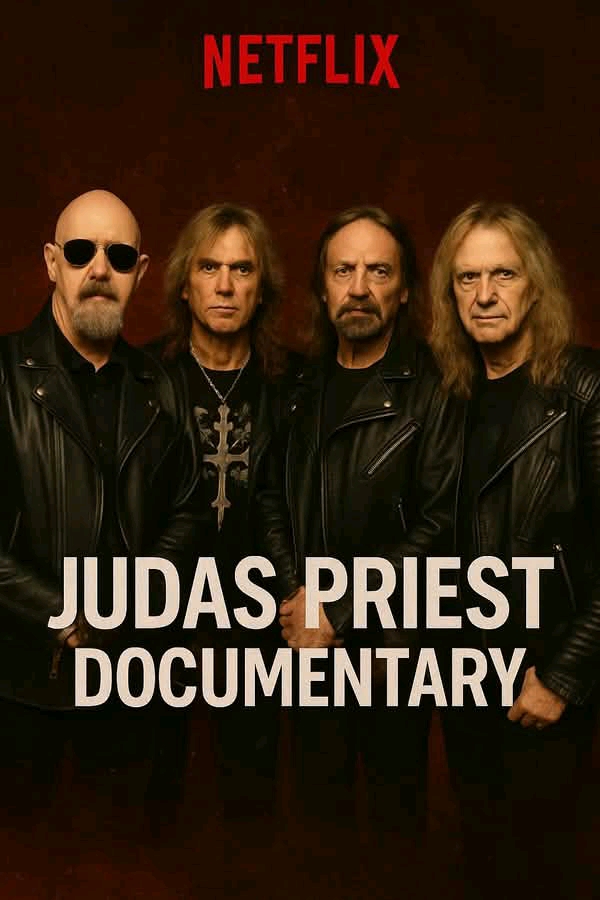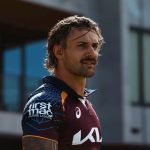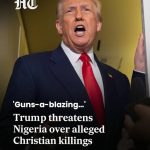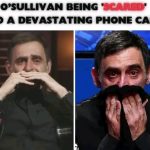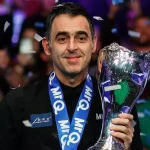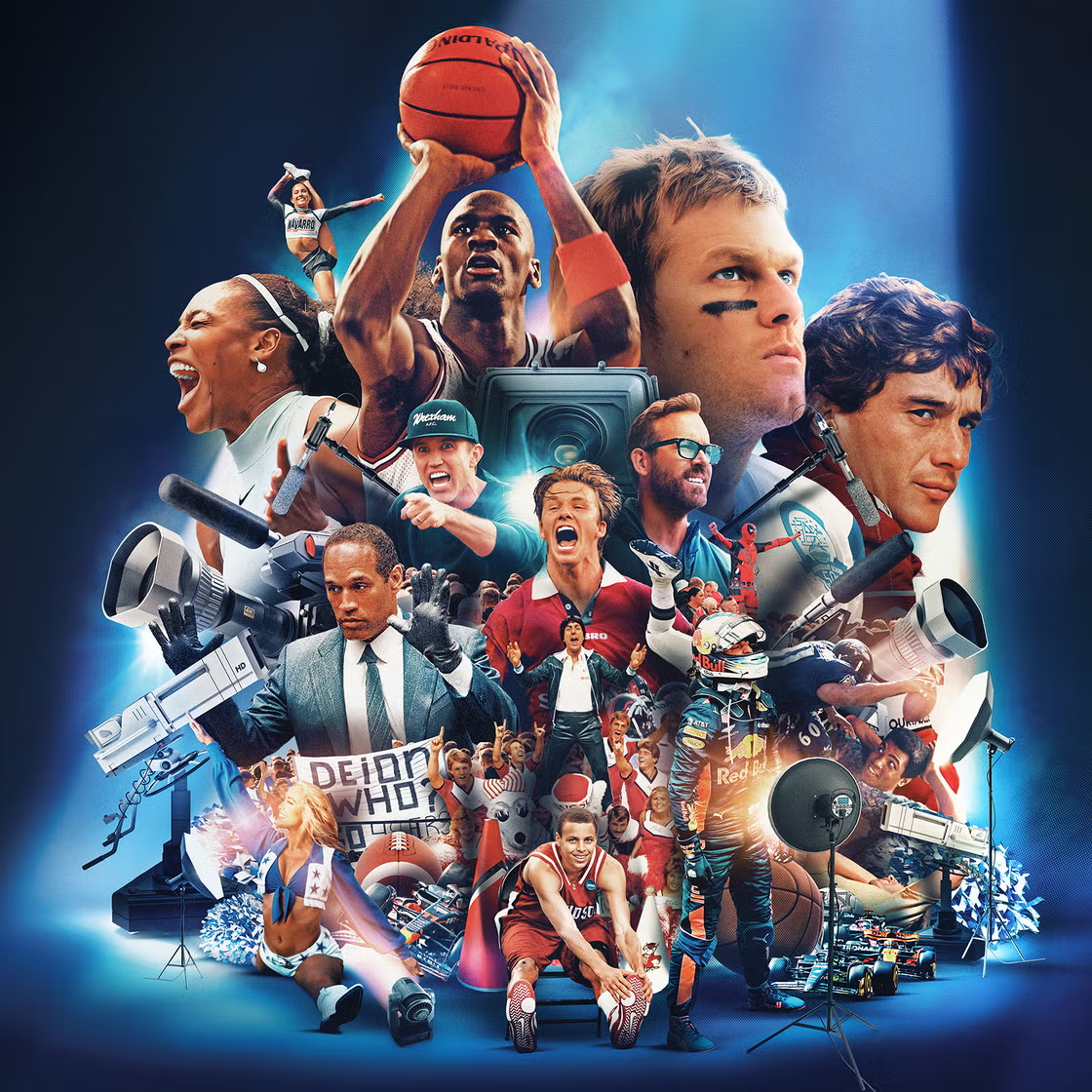When the screen first flickers to life, there’s nothing but darkness. Then, a single riff cuts through the void—the unmistakable roar of a Priest anthem. It drums through your bones even before the faces appear: Rob Halford’s piercing blue gaze, twin leather-clad guitarists Glenn Tipton and Richie Faulkner leaning into the same fretboard, Ian Hill’s steady rhythm locking in place, and Scott Travis’s thunderous drumming setting the pulse.
This isn’t just a documentary. It’s a confession booth. Director Anna Reid doesn’t mince words: “This is the story they almost didn’t tell,” the opening title reads. The camera pulls back, and we’re inside a smoky backstage lounge, mid‑1990s. The band is quieter than you’d expect—aged, wearied—but still bristling with edge. There’s something in the air, like a storm waiting to break.
1. Foundations in Fire
The film rewinds to 1969 Birmingham. We see a younger Ian Hill and Al Atkins braving industrial grit and torrential rain. Black Sabbath’s near presence is hinted at. Overlayed is Grant gezogen’s grainy footage of pub stages, where the band’s first incarnation, a cover-heavy rock outfit, draws ragged applause. A young Rob Halford arrives in town, his leather jacket rumpled but his ambitions immaculate. He introduces himself at a rehearsal. Some of the musicians smirk—“Who’s this shirt‑pulling skinny kid?”—but his voice silences them. The moment already feels mythic.
2. Brotherhood Forged in Steele
Cut to the 1970s, the band taking shape. Interviews with surviving crew, wives, lifelong roadies. One frame shows Glenn Tipton and Rob Halford bruised—not emotionally, but physically—from a gig-riot in Paris ’78. They’re sitting on a curb, guitars unstrung at their sides. Tipton’s voice, nostalgic and weary: “We weren’t just writing songs. We were confronting a world that told us we were too loud, too proud.” The flashback footage has crowds with fists in the air, sweaty fans chanting “Priest! Priest!” It captures something elemental—not celebration, but defiance.
3. The Halford Exodus
By the mid‑’90s, cracks grown wide. Halford’s solo project, fragmented recording sessions, and a world changing faster than they could adapt. He exits. The band members stare at his moving boxes in the studio. Richie Faulkner later recalls, “It felt like I was watching my own heart walk away.” The film’s tone shifts. There are longer silences, unflinching stares. The music doesn’t carry them anymore. They play clubs. They surround themselves with temporary singers. But nothing fits just right.
4. Redemption’s Return
Then, the surprise: reunion. In 2003, Halford re‑enters the fold. The set‑up scene is electric. The camera is backstage at a small warm‑up gig. Halford’s voice echoes off tiled walls: “Are we ready to reignite?” The band shares a long embrace. Tipton, battling early diagnosis of Parkinson’s, nods without emotion—shadows in his expression. Richie Faulkner, the new blood but fully embraced, steps forward. The sequence ends with the audience’s roar as the first chord of Breaking the Law strikes. It’s redemption incarnate.
5. Contemporary Warriors
We leap to 2025. Onstage at Wacken, they look like the gods they’ve grown into—silver-haired, leather-armored, still challenging the gods themselves. Halford’s high notes still soar. The interplay between Tipton and Faulkner is electrifying—two generations of riff-slayer trading licks like a conversation. But backstage tells the rest: Tipton’s hands tremble. They’re no longer a well-oiled machine—they’re survivors.
There’s a quietly powerful scene where Halford visits Tipton’s hands. In a quiet backstage room, he asks if that note, that subtle bend, still moves him. Tipton grips his hand. “It always will,” he says.
6. The Making of Brotherhood
Reid threads interviews from every angle: the band, producers, road crew, family. One of the most emotionally charged is with Halford’s husband, Shaun. He recounts the dark days when Rob’s health was at risk. There’s archival footage in 2019 where Halford collapses onstage—sudden heart trouble. The camera shifts to modern day: Halford doing yoga with his husband before a show, then guiding the band through a harmonized a cappella of Johnny B. Goode, to check the voice, the unity.
Ian Hill, the quiet titan, reveals the gravity of keeping it all together: “We’ve all lost pieces of ourselves. But in the end, we’re the sum of every riff, every scar, every moment of doubt we refused to let define us.”
7. New Blood, Old Blood
Richie Faulkner’s segment is perhaps the most moving for its honesty. He speaks directly to camera: “I got in 2011. Took the leap of showing up late, no expectations, just hunger. When I first thought of calling them Dad, I thought,”—laughs—“they’d kick me out. They didn’t. They said, ‘Show us what you’ve got.’” Backstage footage shows them rooting each other on. Next, we see him at Tipton’s side as an emergency substitute—Tipton can still play, but Faulkner injects youthful energy and steadies him.
8. The Reunion Tour
The climax is the reunion tour announcement: the soundcheck, the show posters in Lagos, Tokyo, and Buenos Aires. Then we’re on the first night’s stage. Overhead pyrotechnics burst as Halford bellows Hell Bent for Leather. His voice cracks, not from weakness but raw, textured emotion. The band crashes into Painkiller and that guttural scream lands like thunder. The audience chokes back tears under their leather jackets, horns thrust skyward.
We then retreat to behind‑the‑scenes moments—a reflection room where they watch the show on monitors. Tears, laughter, relief. They share a line of finishing whisky. Tipton, in a wheelchair, raises his glass. “To the four of us. And the millions who believed we’d never stop.”
9. Epilogue
The documentary’s final minutes show the world celebrating the tour: stadiums sold out, press loving them again, younger fans learning Victim of Changes on YouTube. Yet the band itself slips into a quiet dressing room. Halford stands alone in a mirror, cigarette smoke curling. He touches the glass. “We made it,” he whispers.
Glenn leans in the door. “We did better than that.”
And we hold on their reflection: five-aged men, bruised but brimming with life. The final caption: “Brothers beyond blood. Miles beyond music.”
Why it resonates:
- Intimacy through detail: We feel their leather training, the rumble of amps.
- Conflict and vulnerability: We witness their losses, their fears—Halford’s departure, Tipton’s illness.
- Brotherhood and renewal: We see the shifting dynamics that still carry that original spark.
- Full-circle payoff: The reunion isn’t a marketing ploy—it’s the climax of a lifelong arc.
If Netflix actually premiered Judas Priest Documentary: A Raw Look at the Iconic Band’s Journey and Brotherhood today, it would feel like a thunderbolt—equal parts confession and celebration. The band’s scars aren’t hidden; they’re exalted. And glued to the screen, we’re not just watching rock icons—we’re witnessing the altar of redemption and the symphony of survival.
Want to dive deeper into a particular era, riff-track, or emotional beat? Just say the word!


